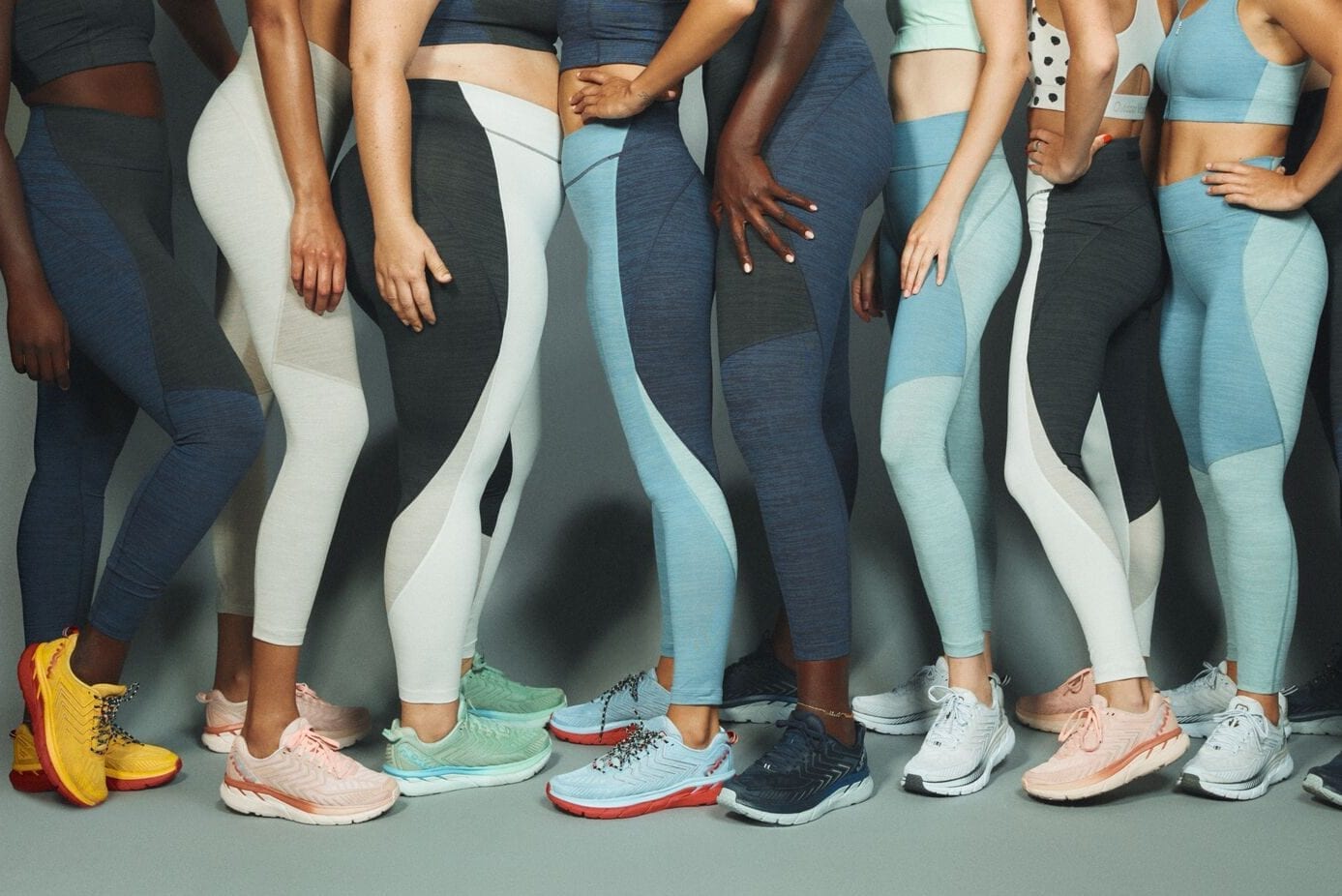OUTDOOR VOICES BLURS THE LINES BETWEEN WORKING OUT AND EVERYTHING ELSE
©Outdoor Voices
Outdoor Voices is one of a few highly visible, female-centered, life-style-adjacent, digital-savvy millennial brands built around a charismatic founder and her story. Other such companies include the cosmetics outfit Glossier, the fashion retailer Nasty Gal or the dating app Bumble. Outdoor Voices (“OV”) is frequently described as an athleisure brand, although Tayler Haney, the founder who was a serious athlete in her teens, hates the term, associating it with clothes that were made for watching TV while occasionally thinking about the gym. “Every product that we make is made to sweat in,” she has said. Yet, OV, similar to Lululemon, appeal to the desire to wear workout clothes around the clock, as Athleisure means different things for different people.
According to one research firm, the activewear market is now a fifty-five-billion-dollar industry, and accounts for nearly a quarter of all U.S. apparel sales. Outdoor Voices is only a fraction of that market, but it has raised nearly USD 60 million from investors and has had triple-digit growth every year since its founding, but it is not yet profitable, though Haney says it’s “close.” It is possible to imagine the brand following the same trajectory as Lululemon, or the more male-focussed Under Armour, both of which were founded in the nineties, went public in the mid-two-thousands, and now bring in billions of dollars in annual revenue. In fact, Pam Catlett, a former executive at Nike and at Under Armour, had joined as the company’s president and C.O.O hailed OV as “the future of the athletic wear market.”
OV’s vision of physical activity is very different from the sort usually touted by Under Armour or Nike. Rather than advertising world-class athletes engaged in rigorous training or fierce competition, OV emphasizes low-key workouts and everyday movement. The company became familiar to the fashion-conscious —and to many Manhattan commuters—in part through its tote bags, which bear the gnomic slogan “Technical Apparel for Recreation.” The idea is that, in the absence of quantified results and competitive pressure, physical activity will feel like play.
If you spend time scrolling through the most popular #doingthings photos, you’ll find a seemingly focus-grouped parade of women in colorful OV outfits hiking, doing yoga, jogging on the beach. Almost none of these women are paid by OV, but all of them are sharing the Doing Things mindset, which encourages people to enthusiastically pursue any physical activities that they like enough to do regularly, and which suggested that I could be proud of my dog-walking and my sullen participation in barre classes.
OV’s price point—and the fact that it prefers to give excess product away to influencers and ambassadors rather than put it on clearance—keeps the company in the realm of the aspirational: if you splurge on ninety-five-dollar leggings, you will then want to live the sort of life that ratifies the splurge. “What I get really excited about is decoupling community growth from product revenue,” Haney said, meaning that she wanted people to become connected to Outdoor Voices without buying anything, yet. “How do we grow a Doing Things community that could be ten times what revenues are,” she went on, “and then, over time, we understand the correct way to get them into product?” Customers, she pointed out, already envisioned the brand as a person—people often wrote in to say that OV felt like their best friend. “Internally, we talk about OV as the hiking buddy who brought the snacks,” she said. There are plans to make the company’s internal app, Hearts and Stars, available to all OV customers, and to add a photo component, further blurring the line between brand fan and brand ambassador.
Last year, Google Ventures led OV’s Series C funding round, which raised USD 34 million. “The pressure that VCs put on companies is counter to building real value,” she said. “There aren’t a lot of brands and companies that go from here to here”—she mimed hockey-stick growth—“that you still have real love and affinity for. I’d rather grow a hundred per cent for twenty years than go 10x for three years and make this into a trend, and then not be here.” It seems like Outdoor Voices is in for an ultra-marathon, instead of a sole 1-hour yoga session.
